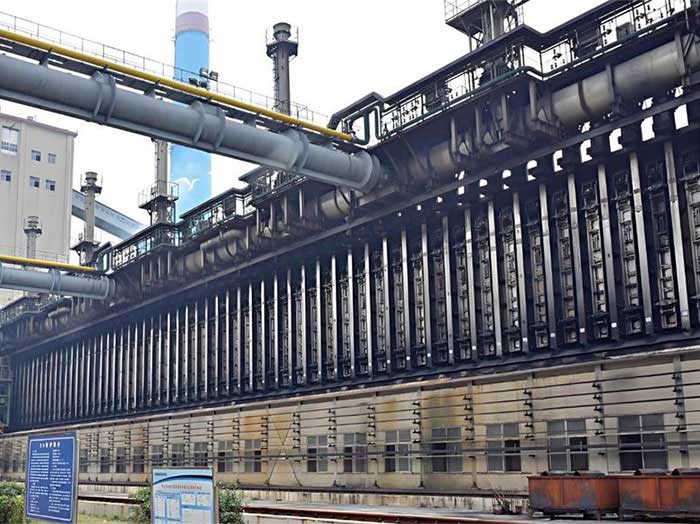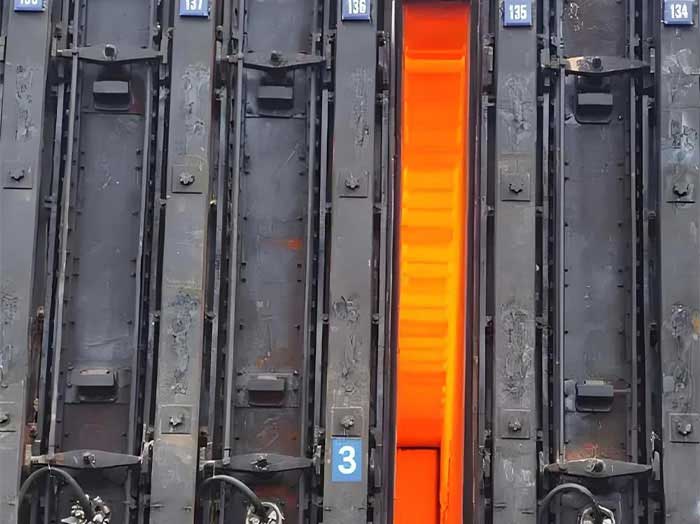The primary function of a coke oven is to subject coal to high-temperature dry distillation (typically at temperatures between 950°C and 1100°C) in the absence of air. This process drives off volatile components from the coal, such as methane, hydrogen, and carbon monoxide, ultimately producing coke. The coke is then used as a crucial material for blast furnace ironmaking.


The selection of refractory materials for coke ovens needs to take into account their high-temperature performance, erosion resistance, wear resistance, and thermal shock stability. The varying working conditions of different parts determine the diversity of refractory materials. For example, silica bricks are suitable for high-temperature critical areas, while fire clay bricks and high-alumina bricks are used in relatively less critical zones.